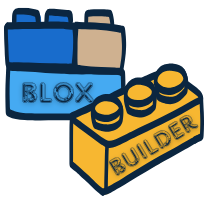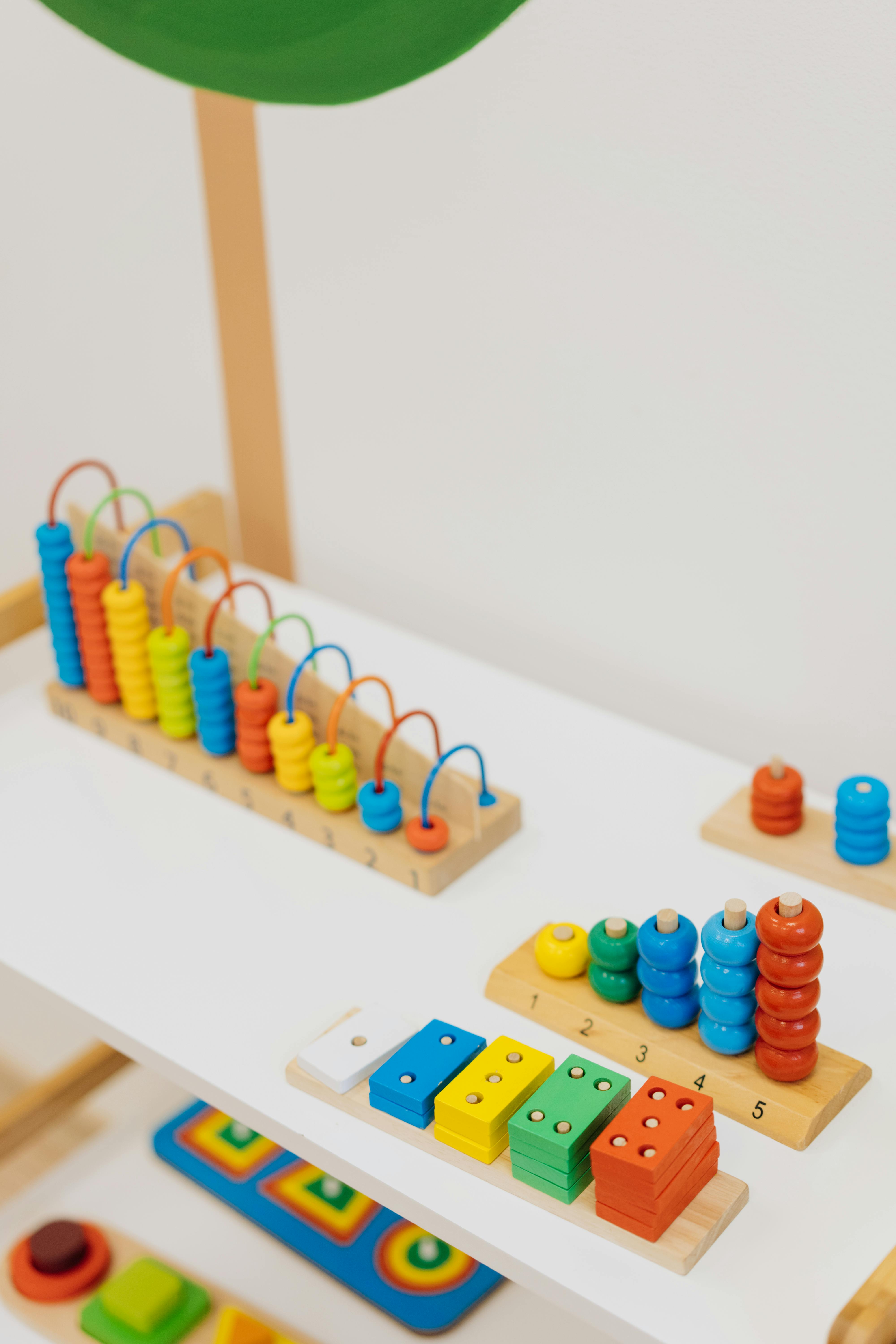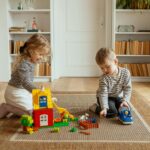If you’ve ever watched a child light up during play, you know the power of hands-on learning. It’s one thing to hear a math equation or read about a science concept in a textbook—it’s another thing entirely to build it, see it, and interact with it. That’s why I’m such a huge believer in gamifying education—especially with building blocks.
As a parent and a big fan of playful learning, I’ve seen firsthand how something as simple as a pile of LEGO bricks or magnetic tiles can become a portal to deeper understanding. Kids are naturally curious. They want to explore, touch, stack, and solve. So why not use that energy to turn subjects like math and science into games they can’t wait to play?
Let me share a few ways I’ve used blocks in our home to make tricky concepts fun, visual, and memorable.
🔢 Math with Blocks: From Counting to Fractions
One of the easiest places to start is with basic math skills. Blocks are perfect for teaching concepts like:
- Counting and Number Recognition – For early learners, we use colored blocks to count sets, match quantities to numbers, or play “Build a Tower” where they roll a die and add that many bricks.
- Addition and Subtraction – Using two different colors, we create visual problems. For example, 4 red blocks plus 3 blue ones clearly shows the total is 7.
- Skip Counting and Multiplication – Stacking blocks in groups of twos, fives, or tens creates a physical way to see multiplication come to life.
- Fractions and Division – This one surprised me! By using LEGO bricks with different stud lengths (like 2×1, 4×1, 8×1), I’ve shown my kids how one-half, one-fourth, or one-eighth works. It’s a concrete way to understand what dividing a whole actually means.
These games don’t feel like worksheets. They feel like challenges. And when a child solves a problem by literally building the solution, the concept sticks.
🔬 Science in 3D: Bringing Concepts to Life
Science can feel abstract—especially when you’re talking about things like atoms, gravity, or ecosystems. But when we start building models with blocks, suddenly those big ideas become tangible.
Some of our favorite block-based science activities include:
- Simple Machines with LEGO – We’ve built pulleys, levers, and ramps, then tested how they work. Not only do the kids learn physics—they also troubleshoot and experiment like little engineers.
- Building a Model Solar System – With different-sized blocks, we’ve made a scale model of the planets and talked about their order, relative sizes, and orbits. It’s much more engaging than just pointing at a poster.
- Plant Cells and DNA Models – Using colorful bricks, we’ve built basic models of plant cells and double helix DNA structures. It’s a creative way to introduce biology with a hands-on twist.
- Environmental Science with LEGO Cities – We’ve built tiny LEGO towns and talked about where to put parks, water sources, and roads. Then we explore what happens when you remove trees or add pollution. It’s a powerful introduction to sustainability.
By gamifying these topics, my kids are learning through doing. They remember the feel of the bricks, the trial and error of building, and the excitement of figuring something out for themselves.
🎮 Turning Lessons Into Games
Sometimes, it’s not even about the specific subject—it’s about the experience of learning through play. We’ve created scavenger hunts where each clue leads to a building challenge. We’ve used dice and color-coded bricks to create random math challenges. I’ve even seen classrooms use “block bucks” as a reward system, where kids can earn bricks to build a structure throughout the week.
When kids are engaged, they don’t even realize they’re learning. They’re just playing—and that’s the beauty of gamified education.
💡 Final Thoughts
Blocks are more than toys. In our house, they’re tools for thinking. They let kids test ideas, solve problems, and visualize abstract concepts in a way that no worksheet ever could. Whether it’s counting, coding, constructing, or hypothesizing, there’s a place for blocks in every lesson.
So the next time your child is struggling with math or zoning out during science time, bring out the blocks. Let them build their way to understanding. You might be surprised at just how powerful that play can be.



